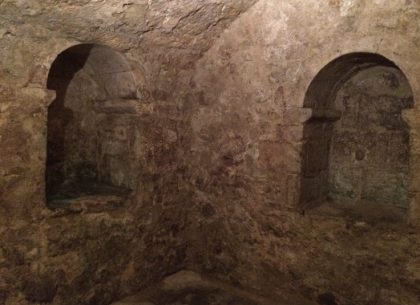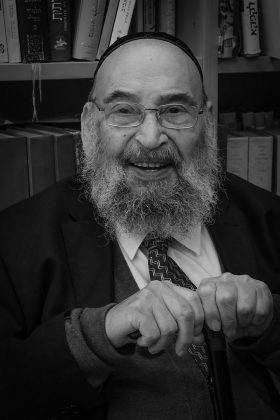Interview with Michaël Iancu, Doctor of History and Director of the Institut Universitaire Maimonide-Averroès-Thomas d’Aquin, about the European Days of Jewish Culture and the recent tribute to Chief Rabbi René-Samuel Sirat.
Jguideeurope: What will be the opening event of the European Days of Jewish Culture?
Michaël Iancu: Undoubtedly the visit to Montpellier’s medieval Mikveh, a jewel of Romanesque art dating from the 22nd century, one of the oldest mikvaot in Europe to have been found, still legal (meeting the standards required by Jewish law) and part of the Domus schole judeorum, one of the four entities along with the synagogal remains, the Domus helemosine (Beth hatsedaka) and the House of Study (Yeshiva); one of the city’s oldest religious monuments, which is increasingly attracting the curiosity of passers-by. This visit is just the preamble to an ever deeper immersion in the history of the Jews of Occitania, “the foundation of French Judaism”.
How is the theme of Memory presented in Occitania as part of these Days?
“The Jews of Occitania between history and memory”. The history of Judaism in the Terres d’Oc has its own unique characteristics. It is an ancient history. It is particularly strong during the Middle Ages and the contemporary period. The first traces of a Jewish presence in the Midi date back to the 7th century, with a tombstone found in Narbonne bearing Latin epigraphy and a Hebrew conclusion.

There is also evidence of Jewish refugees from Andalusia arriving in Narbonne and Lunel around 1140, generating unprecedented cultural transfers (from Andalusian Arabic to Hebrew), the effects of which were felt in Montpellier, Lattes, Béziers, Villefranche-de-Conflent, Posquières (now Vauvert), Carcassonne and elsewhere. In the 1160s, an itinerant traveller from Navarre, Benjamin of Tudela, gave a contemporary account of the Jewish communities in the major towns of Languedoc in the 12th century.
Can you share an encounter with a visitor or speaker that particularly struck you during these Days?
With the children. They were always amazed. Simple but enlightening questions. And then the storyteller Susana Azquinezer, a few years ago. Hearing stories and songs chanted in this timeless space that is the Mikveh, which has escaped the roughness of time, making these medieval Romanesque stones resonate once again…

You recently organised an event in tribute to Chief Rabbi René Samuel Sirat. Do you see him as an example of inter-religious dialogue?
Absolutely. An apostle of dialogue, a fanatic of dialogue. He was one of the pioneers, in the aftermath of the Shoah and the Second Vatican Council’s Nostra Aetate declaration, to commit himself in France to multi-confessional and inter-religious dialogue between the Religions of the Book, that monotheistic trident, that Brotherhood of Abraham. His life, his struggle and his work all revolve around dialogue.
Pope John Paul II invited him to be present with him at the Kotel ha-Maaravi, the Wailing Wall, during his visit to Israel. This notion of inter-religious dialogue was one of the pillars of Professor Sirat’s vision when, as an academic, he founded the Institut Maïmonide with Professor Georges Frêche, the former deputy mayor of Montpellier, in 2000. Our founding president, a holy and benevolent man. An exceptional man.